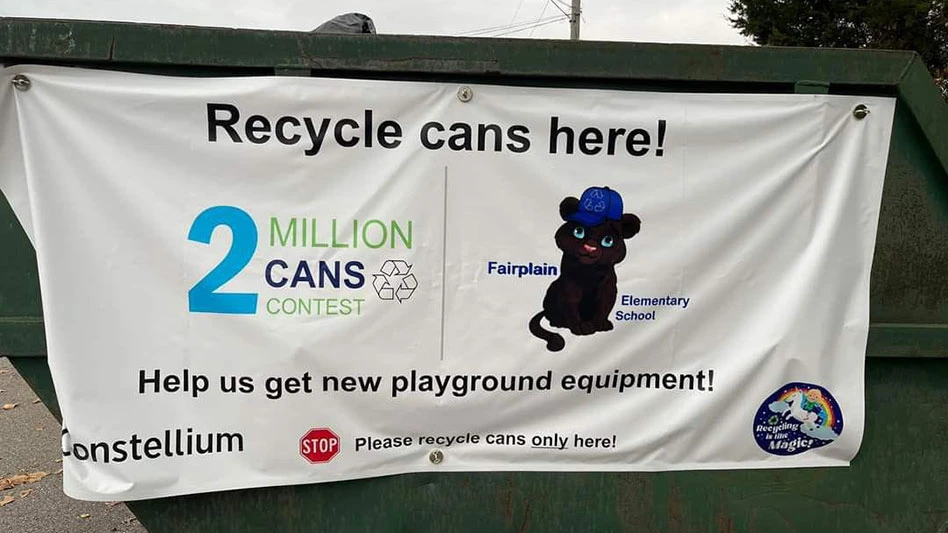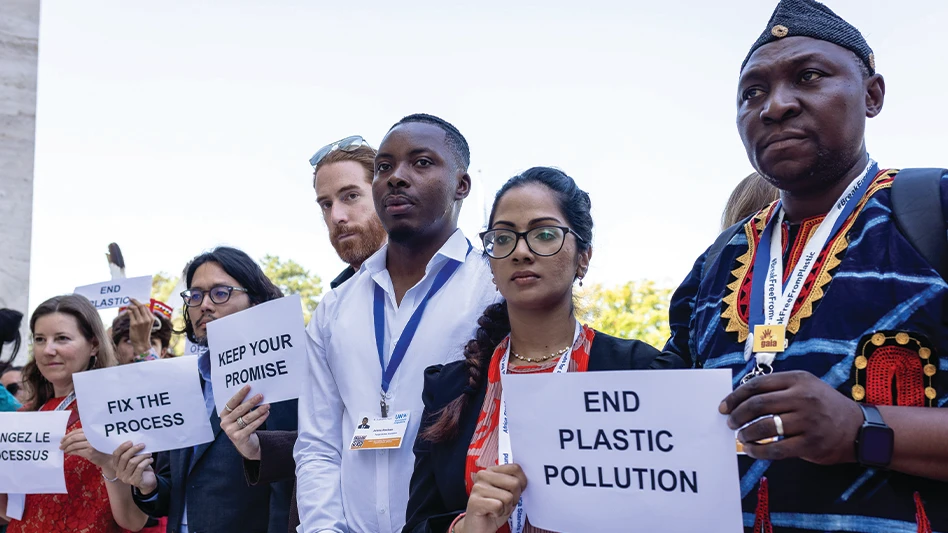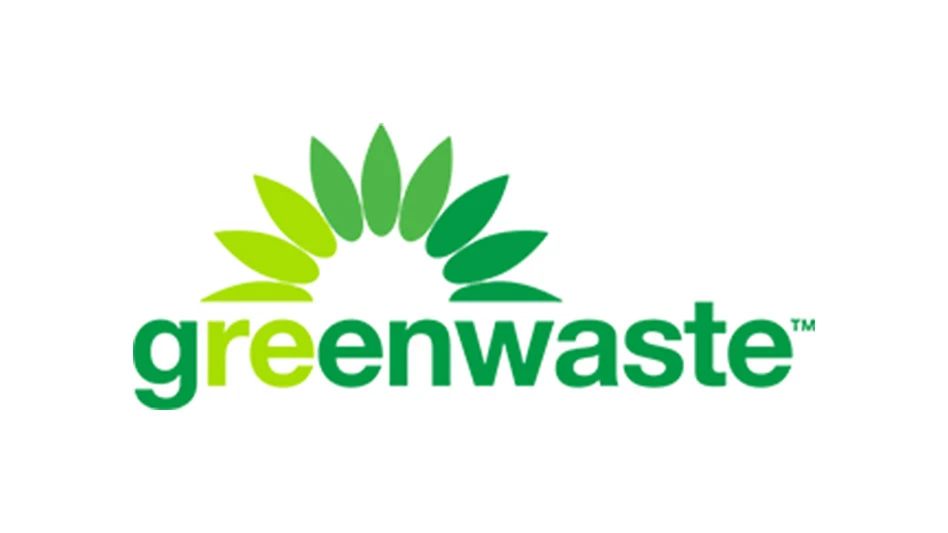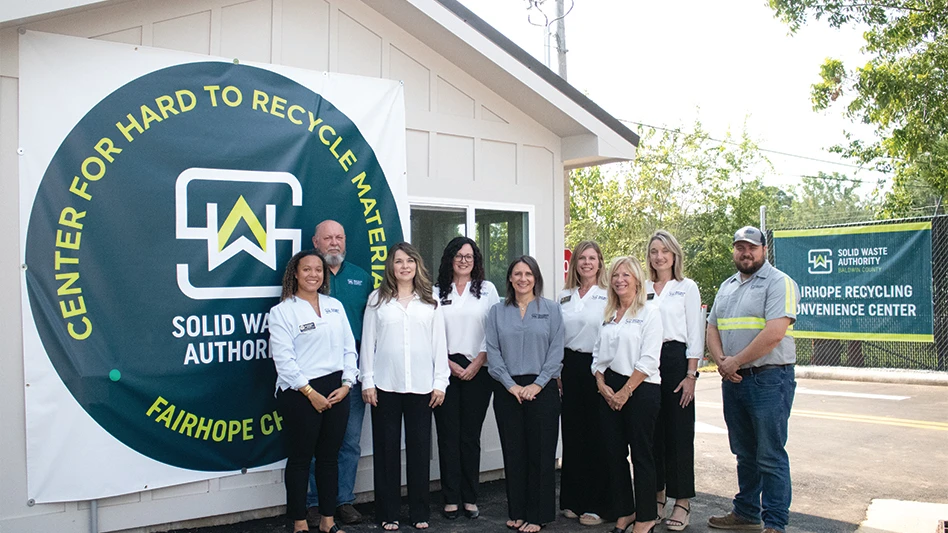
© Jozef Micic / stock.adobe.com

We know the benefits of plastics. They often are the most sustainable option when evaluated against other materials. Reducing a vehicle’s weight by 10 percent, which often is accomplished by using plastic to replace metal components, can increase fuel economy between 5 percent and 6 percent. It takes 10 times the amount of resources to produce food compared with the plastic packaging that protects and preserves it. Plastic products used in the medical field contribute to improved infection control. But just because plastics already were the sustainable material of choice doesn’t mean we shouldn’t continue to find ways to improve and address the unique challenges they present.
Considering the order of magnitude of the disconnect that is emerging between supply and demand, slow and incremental change will not enable us to bridge the gap.
Recently, consumer packaged goods (CPGs) manufacturers have made unparalleled commitments to use recycled content, and an unprecedented amount of investment has occurred in new recycling capabilities and capacity. These investments will bring millions of new pounds of recycled-content capacity online in the next decade. Still, a recent analysis by U.K.-based Wood Mackenzie Chemicals, available at http://bit.ly/woodmac_report, estimates that an additional $3 billion must be invested to meet brand owners’ demand for postconsumer recycled polyethylene terephthalate (rPET) by 2030.

Pair the reality of increased investment and demand with what is happening across the U.S.—a reduction of acceptable materials being collected in recycling programs—and you see we have a problem of mismatched supply and demand.
For communities that provide recycling services, the primary reason to pare down lists of acceptable recyclables is a lack of domestic markets. The lack of markets is, in part, because few companies in the U.S. employ technologies that can create value out of mixed bales of packaging.
Finding markets for mixed plastic packaging can be challenging. Despite investments in new recycling capabilities and capacities, mixed plastics will not be acceptable for tomorrow’s burgeoning recycling industry if they cannot be properly sorted into individual commodity streams.
Considering the order of magnitude of the disconnect that is emerging between supply and demand, slow and incremental change will not enable us to bridge the gap. Instead, we need what the scientific world calls an evolutionary leap: a leap so big it creates a new species or, in this situation, a new system. Disruptive innovation is necessary to ensure a sufficient supply of material is available to meet the impending 2025 and 2030 postconsumer resin (PCR) goals set by many CPG companies and to feed these new recycling investments.
How do we begin to address the challenge of efficiently sorting what’s in the bin so we maximize volumes and economics? This is the gap the industry has been attempting to bridge in a demonstration project designed to discover the potential of secondary sorting technologies.
The project ran in the Portland, Oregon, metro area through September. A group spanning the supply chain, different material types and the public and private sectors came together to fund this first-of-its-kind program to test the additional value that could be created from curbside-collected recyclables if secondary sorting was performed.

Rally for a unified goal
When the Plastics Industry Association (PLASTICS), Washington, began the demonstration project, a unique group of companies and organizations came together to support the common goal of seeing what could happen if mixed containers—not often recovered into individual commodity streams at material recovery facilities (MRFs)—could be further sorted.

Creating individual commodity streams from these mixed materials would accomplish three goals:
- making the mixed materials, which largely are unsuitable for domestic outlets, salable as individual commodities, which are more widely accepted in domestic markets;
- aggregating less-common packaging forms and resin types present in the curbside mix across MRFs, allowing sufficient quantities to be sorted, baled and sold more quickly than at the individual MRF level; and
- creating new opportunities for materials that have become challenges for many communities and MRFs, particularly in more rural parts of Oregon.
Project funders included the American Chemistry Council (ACC), Americas Styrenics (AmSty), Berry Global, the Carton Council, LyondellBasell Industries, Metro, Milliken & Co. and PLASTICS.
The project presented a unique value proposition for each of these funders:
- The ACC, Washington, has aggressive recovery goals for plastic packaging, ensuring that all of it is reused, recycled or recovered by 2040. This is not possible with the current recovery system, and the ACC is looking at innovative solutions that greatly expand recovery.
- AmSty, The Woodlands, Texas, has made significant investments in chemical recycling in Tigard, Oregon. (For more on Agilyx, the company’s partner in this venture, see “Start with size reduction” on Page 22.) Now that the company has the technology to recycle all forms of polystyrene (PS) into end products, AmSty is building a PS recovery system.
- Berry Global, headquartered in Evansville, Indiana, is seeking to greatly increase the use of PCR in its packaging portfolio to meet the needs of its customer base, which includes many of the world’s largest brands.
- The Carton Council, Denton, Texas, is committed to ensuring valuable fiber containers make it to markets that can effectively recycle them so they do not end up in landfills.
- LyondellBasell, headquartered in Rotterdam, Netherlands, is investing in multiple technologies that will enable the company to advance the circularity and sustainability of plastics. The company is taking a holistic life-cycle approach to sustainability. Part of its strategy involves using less material in product development, devising innovative solutions, creating strategic partnerships and collaborating across the value chain.
- Metro, the regional government of the Portland metro area, is working with the Oregon Department of Environmental Quality, local recyclers and others to ensure the region has a strong and resilient recycling system in the future. Metro supported this demonstration project because it tested a potentially innovative sorting approach that could increase recycling in the area.
- Milliken, Spartanburg, South Carolina, is a global supplier of additives that improve the performance of plastics. It partnered on the project because sorting is a critical link needed to create a more circular future for plastics. Milliken is working with customers to advance sustainability solutions, including increasing the amount of PCR used in products.
- PLASTICS funds projects like this one to increase the supply of recycled-content feedstock for the important investments being made in recycling by its member companies.
A 60-day test
The project was slated to run for 60 days, testing samples from four MRFs in the Pacific Northwest. In total, the project aimed to sort 160 tons of mixed containers and contaminants recovered from the target MRFs.
The funders partnered with Titus MRF Services, a company headquartered in Los Angeles with operations in the Portland area, to supply the secondary sorting unit for the project, which was brought north from an existing secondary sorting facility managed by the company. The added layer of sorting creates new commodity streams that otherwise are not being captured today at MRFs in the Pacific Northwest: polyethylene terephthalate, high-density polyethylene, low-density polyethylene, polypropylene, PS and cartons.

Titus will prepare a report from the demonstration project that will serve as an accounting of everything brought into the facility. The report will detail the quantities of the materials that were recovered in each of the identified categories.
This project will help the funders answer some key questions about how the recycling system in Oregon can be optimized and how other areas of the country can handle a similarly robust mix of materials:
Sponsored Content
Tackling the Extreme Grind
Built for the toughest applications, our Heavy Duty Granulators and Shredders deliver high-quality output, less waste, and efficient operations. With rugged designs and unmatched reliability, they’re ready for the extreme grind—keeping your production line moving and your recycling process profitable. Tackle more. Waste less. Perform at peak.
Sponsored Content
Tackling the Extreme Grind
Built for the toughest applications, our Heavy Duty Granulators and Shredders deliver high-quality output, less waste, and efficient operations. With rugged designs and unmatched reliability, they’re ready for the extreme grind—keeping your production line moving and your recycling process profitable. Tackle more. Waste less. Perform at peak.
Sponsored Content
Tackling the Extreme Grind
Built for the toughest applications, our Heavy Duty Granulators and Shredders deliver high-quality output, less waste, and efficient operations. With rugged designs and unmatched reliability, they’re ready for the extreme grind—keeping your production line moving and your recycling process profitable. Tackle more. Waste less. Perform at peak.
Sponsored Content
Tackling the Extreme Grind
Built for the toughest applications, our Heavy Duty Granulators and Shredders deliver high-quality output, less waste, and efficient operations. With rugged designs and unmatched reliability, they’re ready for the extreme grind—keeping your production line moving and your recycling process profitable. Tackle more. Waste less. Perform at peak.
Sponsored Content
Tackling the Extreme Grind
Built for the toughest applications, our Heavy Duty Granulators and Shredders deliver high-quality output, less waste, and efficient operations. With rugged designs and unmatched reliability, they’re ready for the extreme grind—keeping your production line moving and your recycling process profitable. Tackle more. Waste less. Perform at peak.
- What additional streams of material could be captured through secondary sorting?
- Can we positively change the economics of recycling by creating additional value?
- What additional volumes could be created to feed growing domestic markets?
- What additional recovery opportunities can be created for new resins and packaging forms through regional consolidation of volumes?
- Can secondary sorting serve as a model that will bridge the sorting gap without requiring a retrofit of all 700-plus MRFs around the country?
A successful secondary MRF demonstration project will provide data that municipalities and waste haulers can use to drive decisions about system improvements. It will help preserve the robust list of accepted recyclables collected in the Portland area and help other localities reinstate materials that have been dropped from recycling programs around the state at an alarming rate. If the secondary model can prove markets exist for all bottles and rigids, the opportunity to broaden the range of recyclables could be available.
A successful secondary MRF demonstration project will provide data that municipalities and waste haulers can use to drive decisions about system improvements. It will help preserve the robust list of accepted recyclables collected in the Portland area and help other localities reinstate materials that have been dropped.
As stakeholders consider the implications of the data generated by the project, we expect that well-informed decisions can be made regarding:
- new sorting capacity investment;
- new local recycling and reclamation capacity investment; and
- material collection in curbside programs—keeping or even eventually adding recyclables.

Through demonstration projects like this one, the funders plan to test how new technologies and systems can drive the evolutionary leaps needed to modernize our domestic plastics recycling system so we can help brand owners meet their recycled-content goals and ensure that new plastic recycling facilities are adequately supplied. To ensure the balance between supply and demand, we need innovation to create that giant leap. With this project, we will answer the question of whether secondary sorting could be that solution.
For updates on the project, visit www.pnwsort.org.
Get curated news on YOUR industry.
Enter your email to receive our newsletters.

Explore the Fall 2019 Plastics Recycling Issue
Check out more from this issue and find your next story to read.
Latest from Recycling Today
- Aqua Metals reports Q2 results
- Sourgum launches services in Mississippi
- PLASTICS provides FFRA, staffing updates
- Metals Innovation Initiative announces competition to address problems in Kentucky’s metals industry
- Dow, Mura Technology cancel chemical recycling plant in Germany
- Brightmark, Lewis Salvage partnership processes 1M pounds of medical plastics
- US paper recycling rate, exports down in '24
- Century Aluminum to restart idled production at South Carolina smelter






